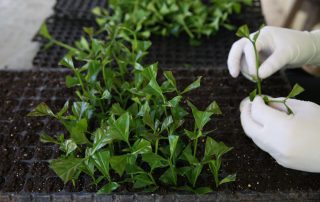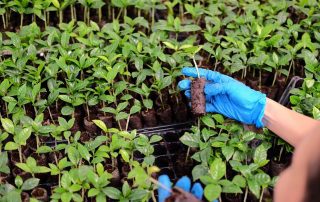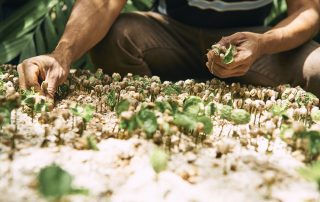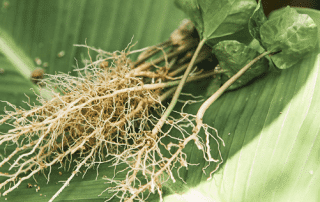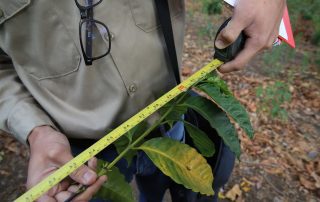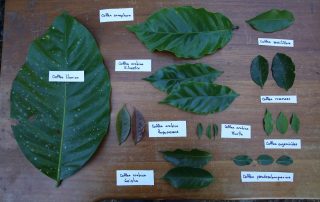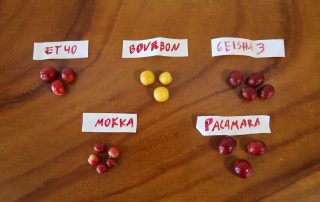WHY COFFEE VARIETIES MATTER…
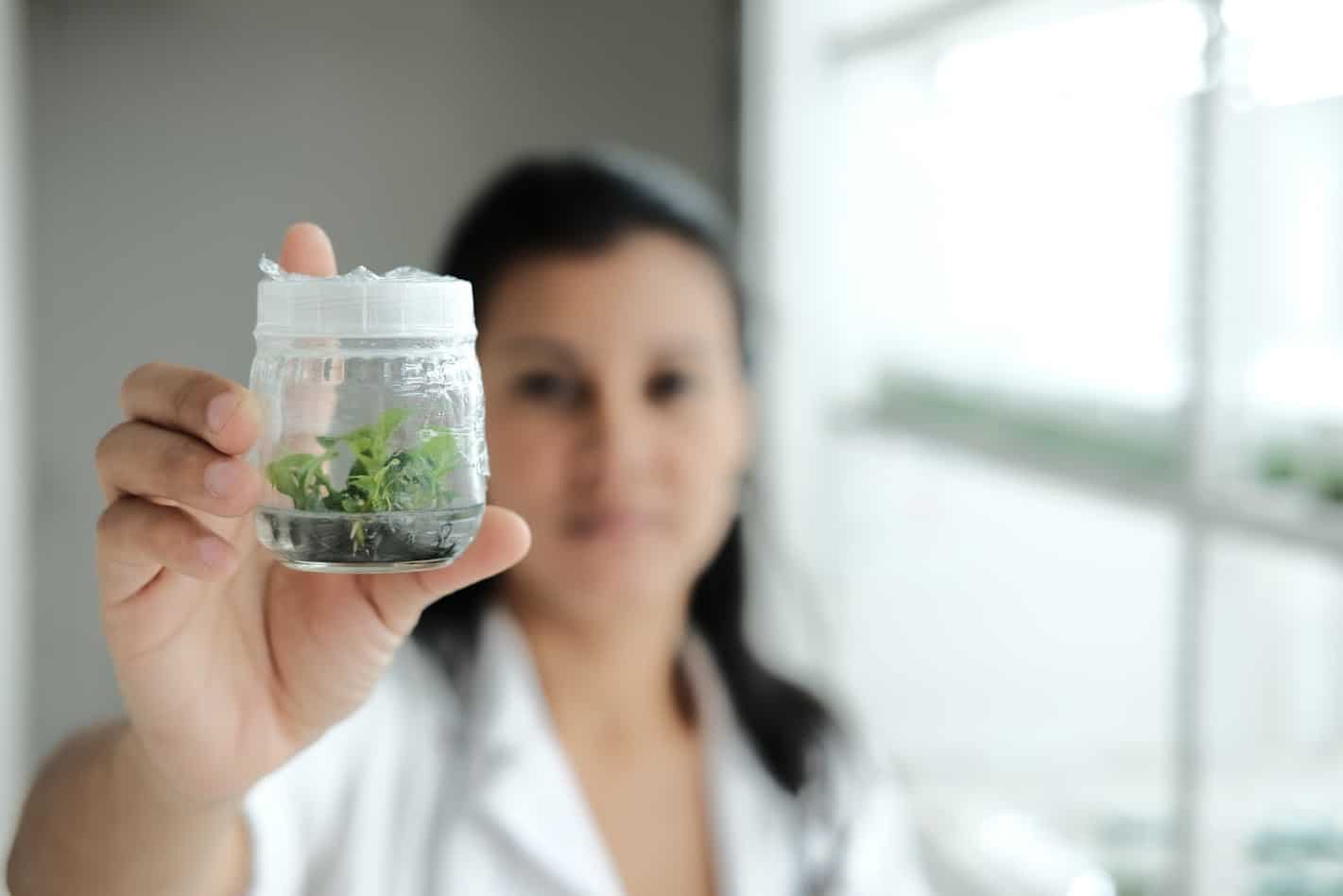
The Green Coffee Paradox
Anja Rahn -awarded researcher with a Ph.D. in Food Chemistry – called it the ‘green coffee paradox‘ in which nations have sovereign rights over their biodiversity, but may not have the resources to convert them into intellectual property to boost their economies. Conversely, other countries are well equipped to turn resources into economy-boosting IP without necessarily owning the genetic material. In order to gain access to foreign genetic resources, agreement must be reached – where necessary – on how all the benefits of the research will be shared between countries.
With their innovative coffee variety research and development projects, World Coffee Research unravels ‘the green coffee paradox’. Their crucial work ensures that the future of coffee need not be one of scarcity, doom and gloom.
At Cuprima, we are passionate supporters of World Coffee Research and the great research work they do to address threats to the coffee supply chain. Hence this ‘coffee intelligence’ insight’ Why Coffee Varieties Matter’…
I. THE VARIETY CATALOG
World Coffee Research (WCR) has already created an unbelievable variety catalog for farmers to learn about what varieties might work well for their specific needs.
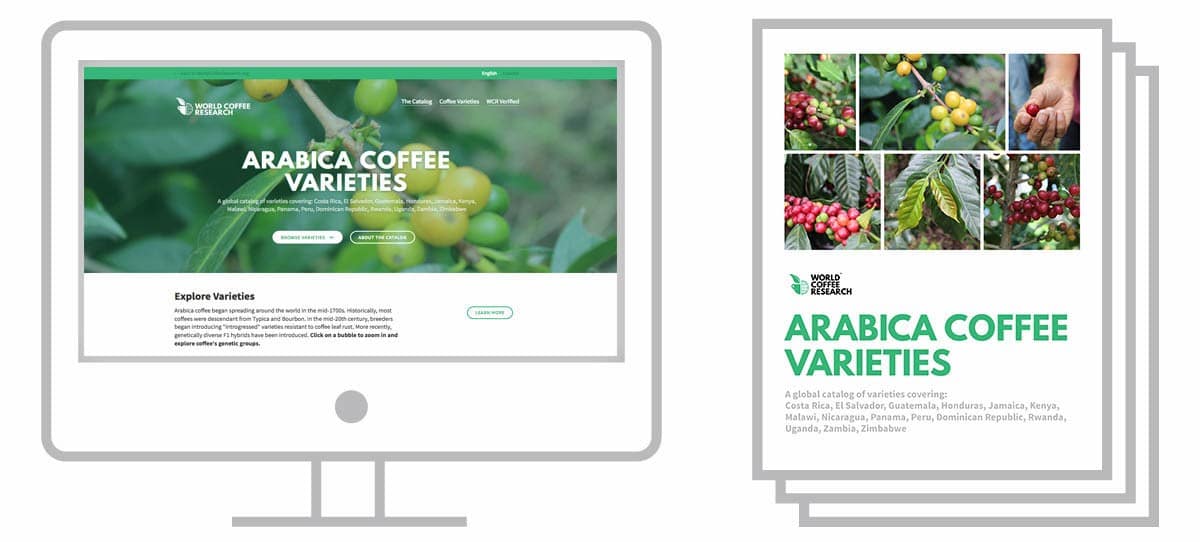
|
II. THE INTERNATIONAL MULTILOCATIONAL VARIETY TRIAL
|
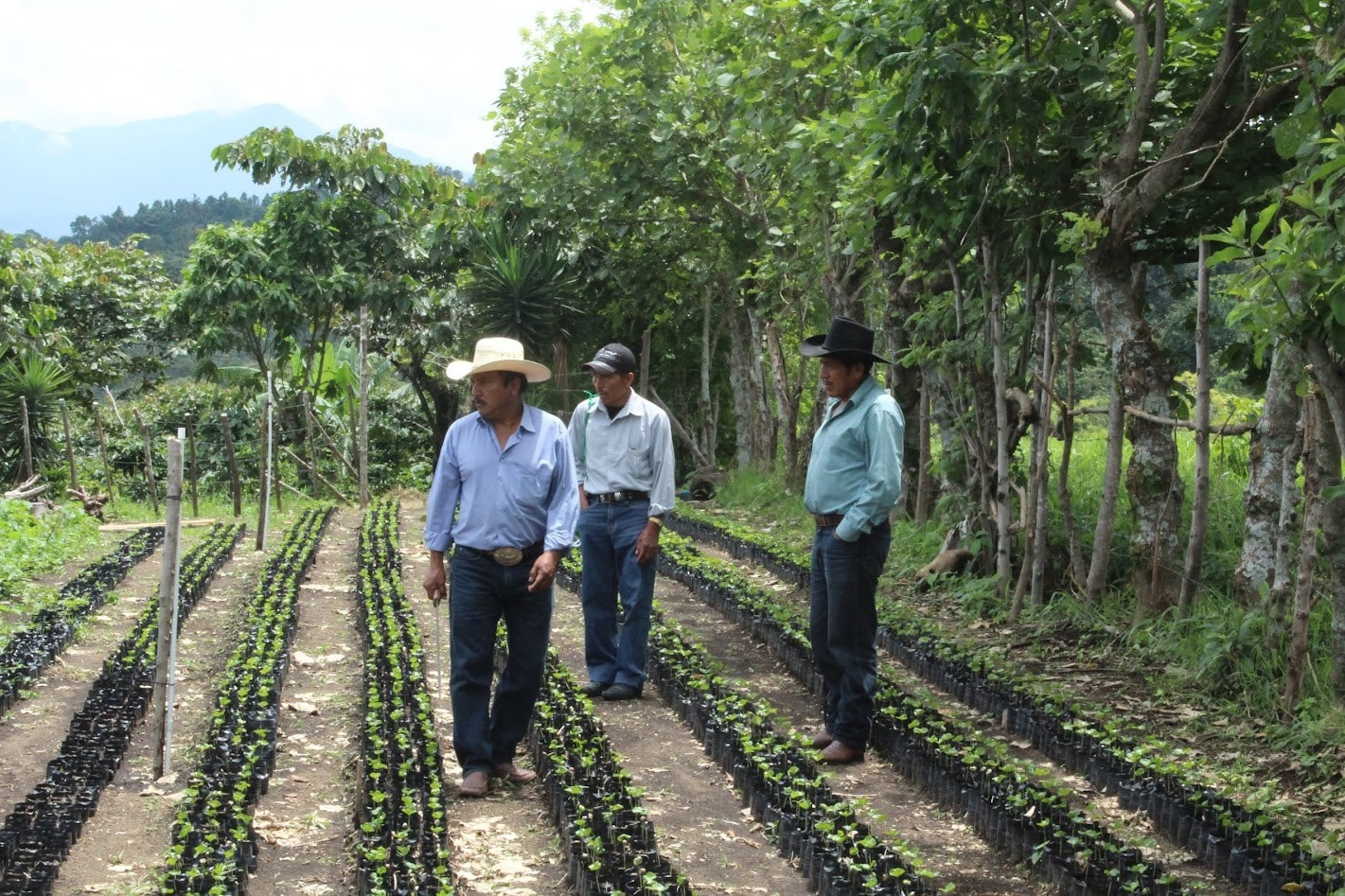
|
| The IMLVT generates critical knowledge for coffee producers and agronomists about how varieties respond to different soil and climatic conditions -including extreme environments with high temperatures and long dry periods, which mimic the changing climate coffee growers are seeing in coffee-producing countries around the world. The trial will allow researchers to see how varieties perform under climates predicted for 30 and 50 years into the future and provides the largest global dataset ever created for deciphering genotype x environment interaction in coffee. A follow-on study will investigate the impact of the GxE interaction on cup quality and chemistry. |
Researchers will identify key traits that have allowed different varieties to adapt to different environmental conditions, which will lay the groundwork for major advances in coffee breeding, climate adaptation strategies, and future research.
The trial also builds essential capacity within producing countries to conduct coffee research and monitor disease movement and climate trends.
All participating countries agree to install, maintain, and monitor the plots (on average 1-3 per country). On each plot, a comprehensive list of variables is measured using standardized protocols developed by WCR. Each country monitors how the different varieties perform under local conditions. Countries can monitor the best-performing varieties and, in some cases, negotiate for access to multiply and distribute them producers to increase supplies of quality coffee for those countries.
• IMLVT Advancements – Where are we now ?
In 2015, WCR launched the International Multilocation Variety Trial (IMLVT) program, which initiated the evaluation of high-performing varieties and their performance in different locations across the world.
In 2021, the IMLVT continued to flourish, with more trial sites reaching maturity and producing harvests, allowing more data on yield and cup quality to be added to the global dataset on variety performance. With a critical mass of trials reaching maturity in 2021, WCR launched a global investigation into the impact of environmental conditions on cup quality for different varieties. Data will be compiled /analyzed over two years with results in 2023.
Last year (2022), the program turned seven years old -meaning a critical mass of original trial sites reached maturity- and produced its initial results on a global scale.These results, while not yet comprehensive as data collection is still ongoing, include information on variety performance in terms of yield, disease resistance, and cup quality. Even more, they underscore the need for further multi-environment testing when determining those coffees that are most climate resilient or best suited to a specific country’s future climate.
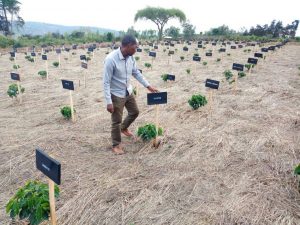
|
YIELD
To date, the trial data appear to confirm that yield varies greatly from site to site, and is influenced by environmental factors, including a site’s temperature, rainfall, and pest and disease presence. While some varieties seem higher/lower yielding overall than others, they are not always the highest/lowest yielding across all locations. For example, the ‘Mundo Maya’ (also called EC16, an F1 hybrid type variety) has shown to be the overall highest average yield globally to date, even though other varieties performed better at certain sites. Overall, F1 hybrids are currently showing the highest yields across all sites .
DISEASE RESISTANCE
In terms of pest/disease susceptibility, WCR’s evaluations have focused on coffee leaf rust (CLR), which has plagued the coffee producing world and reduced output by a significant margin in affected areas, and coffee berry disease (CBD), a major fungal disease currently only present in Africa. The trial was designed to include testing on many sites globally as this is crucial to understanding susceptibility as some areas have higher disease pressure than others. Results to date reveal the varieties that are more susceptible to disease overall.
CUP QUALITY
In 2021, seven countries with mature sites began contributing green coffee samples for a global “GxE” cupping experiment to determine how plants with the same genetic makeup perform in the cup when the environment in which they are grown varies. In this experiment, experienced coffee cuppers from 25 international coffee companies tasted coffees from 10 varieties grown across six origins. The same varieties and sites are being tasted again in 2022 (this time with 29 companies) and in 2023.
In the 2021 cupping, some locations produced higher overall cup scores than others, and it is likely that this is influenced by environmental factors unique to particular sites, such as altitude, temperatures, and rainfall, or management factors, including processing and sample preparation. For instance, higher altitudes, lower temperatures, and lower rainfall rates were all correlated with higher cup quality. Further, some varieties perform well in the cup overall, whereas others seem especially well-suited to one site.

Never before have most countries had access to so many different varieties. Farmers around the world—as well as coffee producing countries and the industry as a whole— will benefit from access to new varieties with better productivity, disease tolerance and/or cup quality.
This will result in widespread production and quality increases, contributing to more sustainable farmer livelihoods and a stronger coffee sector.
Variety Innovation can address multiple sustainability & business challenges at the same time. For example, creating highly productive, disease-resistant varieties can increase farmers’ financial stability and profitability, while decreasing the need for agrochemicals, reducing the GHG emissions of coffee agriculture, and reducing deforestation.
It enables to produce more with less, allows to meet rising demand while also safeguarding natural resources.
This trial will allow researchers to see how varieties perform under climates predicted for 30 and 50 years into the future and provides the largest global coffee variety data ever. Even more, variety innovation delivers impact at scale, meaning it can benefit millions of farmers around the world.
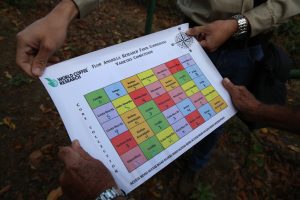
WCR has shared the data collected with country partners to identify the top-performing varieties for new variety introductions, and, over the coming years, will focus on the co-publication of research results to increase global knowledge of varieties. There is ongoing discussion regarding other ways of mining and sharing data, and the results from the IMLVT program will continue to inform future research. For example, the program serves as the foundation of WCR’s latest endeavor, the Innovea Global Coffee Breeding Network, in which international partners will collaborate to breed better coffee varieties for the climates of the future.
As data collection peaks, WCR is starting to plan for the future of the IMLVT program, including a gradual closure process. While there is strong demand for this unique global trial, there is a concurrent need to reduce the program’s overall footprint and focus resources to maximize the value from remaining sites.
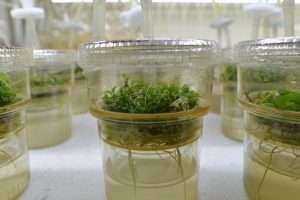
KUDO’S, INSPIRATION & REFERENCES
World Coffee Research – International Multilocation Variety Trial
Tim Schilling: World Coffee Research – New Genetic Solutions
World Coffee Research – News – December 2022 – Global Results
Cuprima teams up with World Coffee Research
Cuprima – Why Coffee Varieties Matter
Coffee Knowledge Hub – Economics of Coffee Innovation – Unraveling the Paradox
